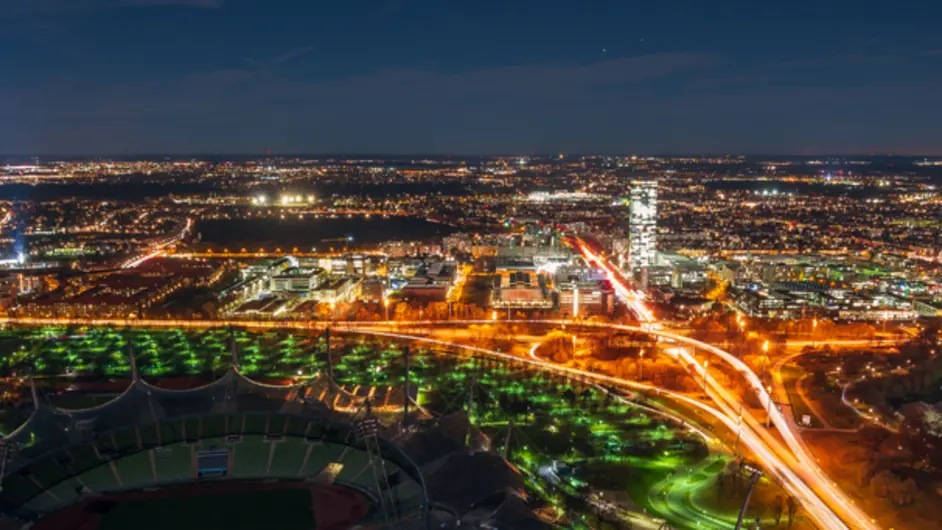Digital Design for Energy Efficiency saves 20 percent of network energy consumption

Pressure increases in acting towards energy efficiency. Mobile operators play a big role, and energy consumption should be cut as fast as possible. Adding energy consumption as a new dimension into designing radio access networks slashes consumption by up to 20 percent without compromising performance.
Mobile operators have a big role to play in reducing the carbon footprint of societies
Today, most of the world’s energy comes from non-renewable greenhouse gas (GHG) emitting sources. Telecommunications may account for just one percent of global electricity consumption — but that one percent adds up to a significant amount of CO2 emissions and is a major cost for mobile operators (up to 50 percent of mobile network OPEX). While operators are eager to reduce the power consumption of their networks, the challenge is to do it without compromising network performance, customer satisfaction or the bottom line. At the same time, digitalization is accelerating, and the world is becoming more and more connectivity dependent. In The Enablement Effect report, the GSMA estimated that the mobile industry can help other industry sectors avoid 10 times more emissions than caused, especially with the 90 percent higher energy efficiency of 5G networks. However, network power consumption is bound to rise, driven by exponential traffic growth and increasing number of sites.
Yet operators are under pressure from customers, regulators and governments to take action. Conserving energy is a business imperative. Investors are also taking a stand. For example, S&P Dow Jones states that more and more investors around the world are integrating ESG into their strategies. It publishes indices that help investors make more sustainable choices and support the world’s green transition leading to Net Zero by 2050.
The other side of the coin is the rising cost of energy, which totals about half of operators’ network expenses, according to a Dell’Oro report from 2019 – and probably even more today with global developments further impacting the price. The growing energy prices will put even more pressure on margins when mobile operators need to invest in 5G rollouts and are not prepared to manage further financial strain. Operators need to act urgently to slash their energy bills and carbon footprints.
Digital Design for Energy Efficiency slashes radio network’s energy consumption by up to 20 percent
The key question for operators is how to cut the largest possible chunk of energy consumption at the fastest possible pace. For most operators, the radio access network (RAN) accounts for about 80 percent of all mobile network energy consumption, making the RAN the most logical first target for energy efficiency measures.
We have seen that the design and optimization of the radio access network makes a fundamental difference. Without proactive planning, some of the energy pumped into the network is not used in a productive way – to handle user traffic – and can simply be wasted. There is a multitude of software functions that tackle the power consumption during the low traffic hours by reducing/disabling the capacity layers when they are not needed. With our new approach, we can in addition address the peak hour power consumption through network design. By factoring energy consumption into design as the fourth dimension beside quality, capacity and coverage, the network’s energy consumption drops by 10-20 percent, depending on the network maturity in terms of optimal design and configuration. We call this new approach Digital Design for Energy Efficiency.
New approach to network design tunes down radio power without compromising performance
Typically, operators design their entire network based on using the same power setting on all cells of a network layer, spectrum band or carrier. This way, they reduce the effort needed in the network design phase and simplify network parameter consistency checks. However, this approach does not consider individual cell condition with respect to interference and load, which means that some cells will require more transmit power than would be the case with an optimized design.
Our Digital Design for Energy Efficiency approach considers each individual cell in the network with respect to interference, load, and beam-set configuration. The result is a cell-based optimized configuration with overall lower transmit power with positive impact on both the CO2 footprint and the energy bill – without compromising network performance and end user experience. Any potential performance impact that is detected during the testing phase is compensated by 3D electrical tilt and beam-set re-adjustment.
This approach has been tested in mobile networks in major cities around the world, including all types of network topologies, different generations of technologies from 2G to 5G, a variety of spectrum frequency bands and bandwidths, with both mMIMO and non mMIMO equipment for 4G and 5G configurations. We have also looked at various inter-cell interference scenarios and services such as IoT and LTE-M and made sure that downlink throughput is always optimized.
Offered as a service, Digital Design for Energy Efficiency can quickly minimize energy waste that unnecessarily high radio power levels are causing, resulting from common network planning and optimization methods that do not take energy consumption and individual cell conditions into account. The approach is fast since it requires no large-scale deployments, network modernization or architecture re-design, and has no hardware impact. With this service in place, operators can start saving energy right away!
Read more in our webpage: https://www.nokia.com/networks/services/network-planning-and-optimization/







